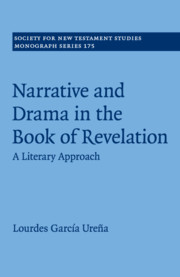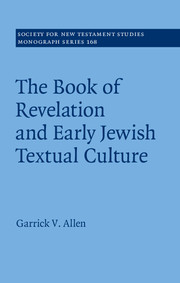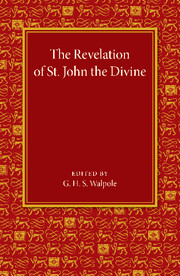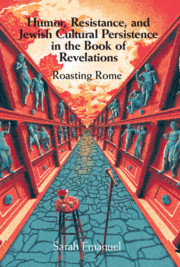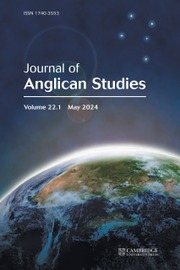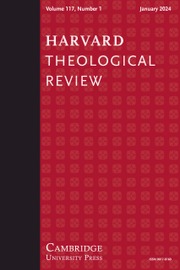Narrative and Drama in the Book of Revelation
The Book of Revelation is one of the most cryptic books of the Bible and one that raises many scholarly questions. What is its literary genre? Why is it considered to be both a narrative and a drama? Why does John disregard time-space coordinates? Why does the audience have such an important role in the text? What literary guidelines has the author designed to facilitate the reading of the book? Applying the methods of literary theory to her study, Lourdes Garcia-Urena argues that John wrote Revelation as a book to be read aloud in a liturgical context. In her reading, John chose a literary form, similar to the short story, that allows him to use time-space coordinates flexibly, to dramatize the text, and to take his time in describing his visions. Through these techniques the audience re-lives and is made part of the visual and auditory experience every time the book is read.
- Presents a new method for reading the Book of Revelation
- Proposes a new literary genre for the Book of Revelation, engaging with the use of time and place and the prominence of strange characters
- Considers John's writings as a visual and auditory experience to be read aloud in liturgical contexts
Reviews & endorsements
'… an insightful work that belongs in the library of every serious Revelation scholar.' Andrea L. Robinson, Journal of the Evangelical Theological Society
Product details
October 2020Paperback
9781108705226
236 pages
216 × 138 × 14 mm
0.319kg
5 tables
Available
Table of Contents
- 1. The literary forms of the Book of Revelation
- 2. John, eyewitness and herald of the visions
- 3. John, auditory witness and herald of the word.

